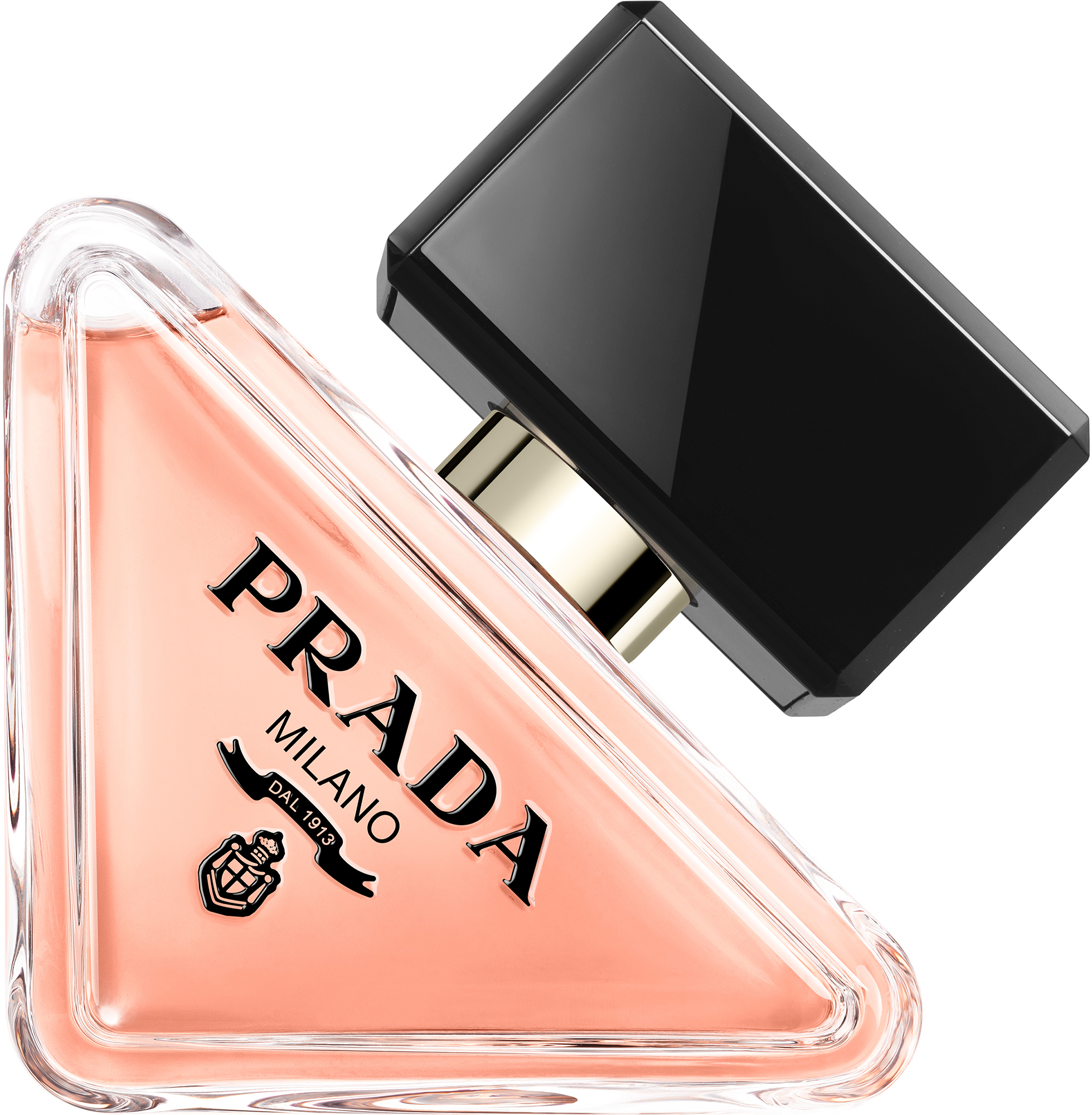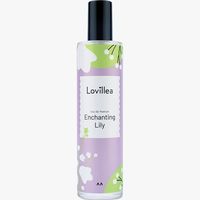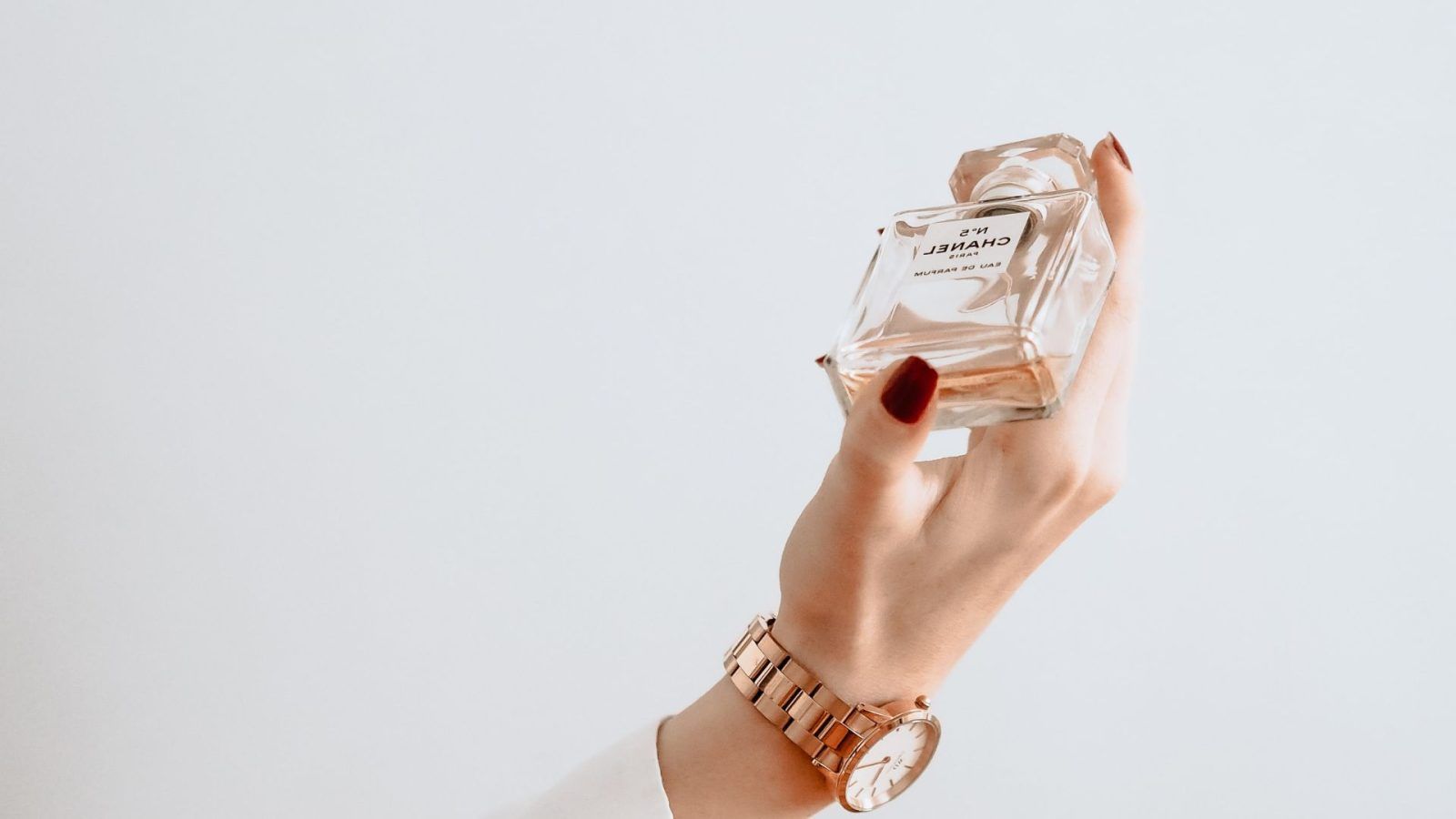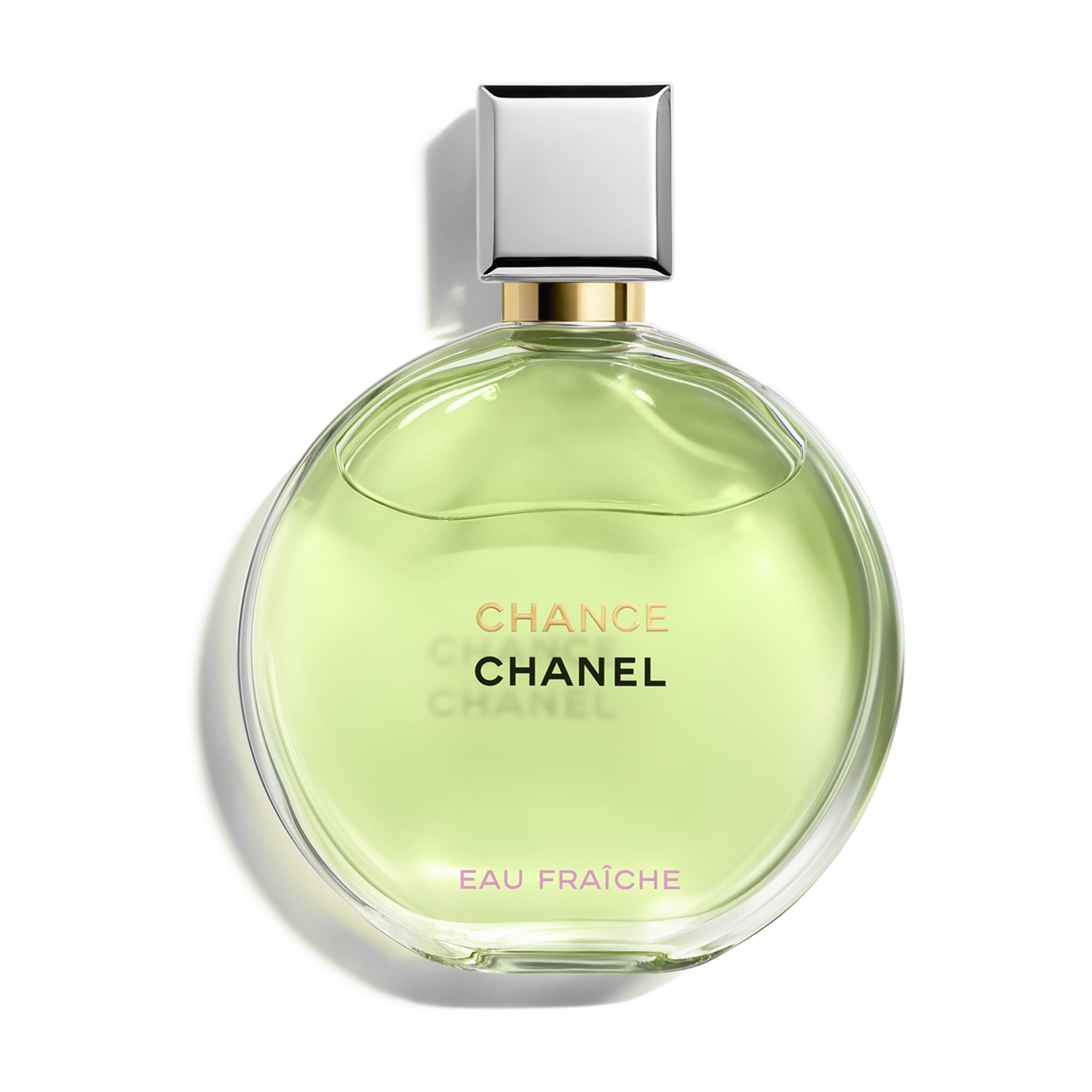In the captivating realm of fragrances, “eau de parfum” stands out as a beloved choice for perfume aficionados worldwide. With its rich history, intricate composition, and enduring appeal, understanding eau de parfum can enhance your appreciation of this aromatic art form. This article delves into the essence of eau de parfum, exploring its origins, characteristics, and how it distinguishes itself from other perfume types.
Key Takeaways
- Eau de parfum is a popular fragrance concentration known for its balanced intensity and longevity.
- It contains a higher concentration of fragrance oils compared to eau de toilette, offering a more potent scent.
- Understanding the composition and application of eau de parfum can enhance your fragrance experience.

The Origins of Eau de Parfum
The history of eau de parfum dates back centuries, rooted in the opulent traditions of perfumery. The term itself is French, translating to “water of perfume.” Historically, perfumes were crafted for royalty and the elite, with eau de parfum evolving as a more accessible yet luxurious option for the wider public. This fragrant journey began in ancient civilizations, where aromatic substances were used in religious rituals and personal adornment.
The Evolution of Fragrance Concentrations
Perfumes are categorized based on the concentration of aromatic compounds they contain. Eau de parfum typically contains 15-20% fragrance oils, making it more concentrated than eau de toilette but less so than parfum. This concentration offers a harmonious balance between intensity and subtlety, making it a versatile choice for various occasions.
Characteristics of Eau de Parfum
Eau de parfum is celebrated for its distinctive attributes, which set it apart from other fragrance types. Its higher concentration of fragrance oils results in a scent that is both enduring and expressive. Here are some key characteristics:
- Longevity: Eau de parfum is designed to last for several hours, providing a lingering scent that evolves over time.
- Sillage: The trail left by an eau de parfum is noticeable yet not overpowering, creating an aura of sophistication.
- Complexity: The fragrance unfolds in layers, revealing top, middle, and base notes that interact harmoniously.
How Eau de Parfum Differs from Other Fragrance Types
Understanding the nuances between different fragrance concentrations can enhance your selection process. Here’s how eau de parfum compares to other types:
- Parfum: With the highest concentration of fragrance oils (20-30%), parfum is the most potent and long-lasting, often commanding a higher price.
- Eau de Toilette: Containing 5-15% fragrance oils, eau de toilette is lighter and more suitable for daytime wear.
- Eau de Cologne: Typically has a 2-4% concentration, offering a refreshing and fleeting scent.
The Art of Choosing and Applying Eau de Parfum
Selecting the right eau de parfum involves more than just a preference for a particular scent. Consider the occasion, season, and your personal style. Here are some tips for choosing and applying eau de parfum:
Choosing the Right Scent
- Occasion: Opt for lighter, floral scents for daytime or office settings, and richer, oriental fragrances for evening events.
- Season: Fresh, citrusy notes are ideal for summer, while warm, woody scents are perfect for winter.
- Personal Style: Your fragrance should complement your personality and enhance your unique aura.

Application Tips
- Pulse Points: Apply eau de parfum to pulse points such as wrists, neck, and behind the ears where the body heat helps diffuse the fragrance.
- Layering: Enhance longevity by using complementary scented body lotions or oils.
- Moderation: A few sprays are sufficient; over-application can overwhelm the senses.

Maintaining the Integrity of Your Eau de Parfum

Proper storage is crucial to preserving the quality and longevity of your eau de parfum. Here are some tips to ensure your fragrance remains as delightful as the day you bought it:

- Storage: Keep your perfume in a cool, dry place away from direct sunlight and temperature fluctuations.
- Sealing: Ensure the bottle is tightly sealed to prevent evaporation and oxidation.
- Expiration: Most perfumes have a shelf life of 3-5 years; check for changes in scent or color.
The Timeless Appeal of Eau de Parfum
Eau de parfum remains a cherished choice for fragrance enthusiasts, offering a perfect blend of intensity and elegance. Its rich history, complex composition, and enduring allure make it a staple in any perfume collection. By understanding its characteristics and application, you can fully enjoy the captivating world of eau de parfum.